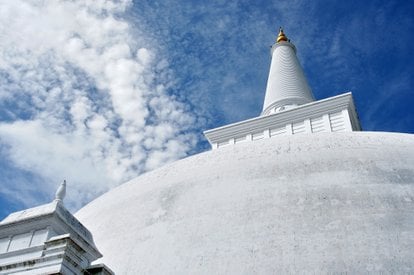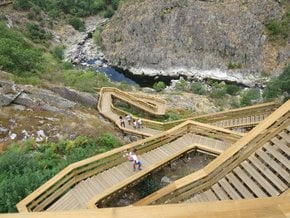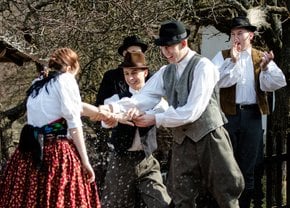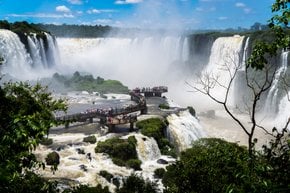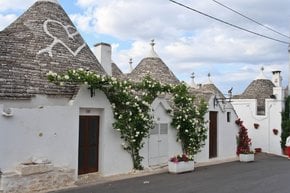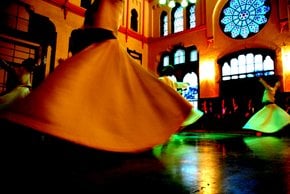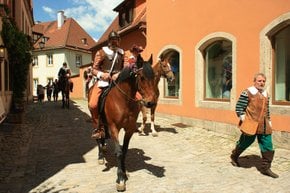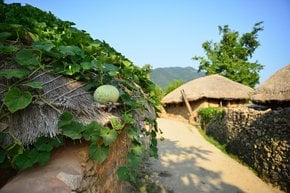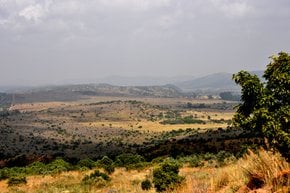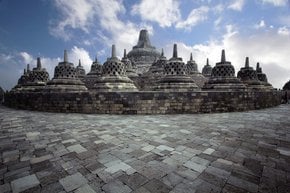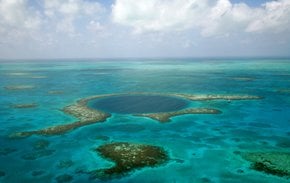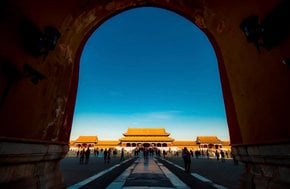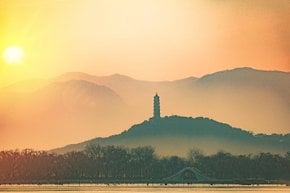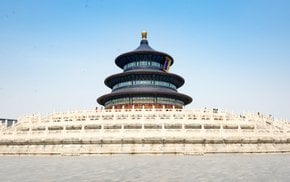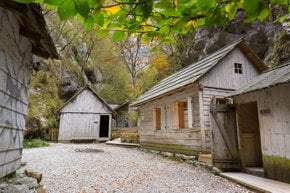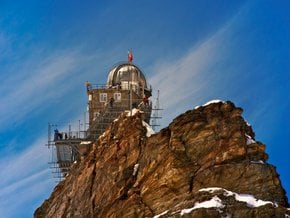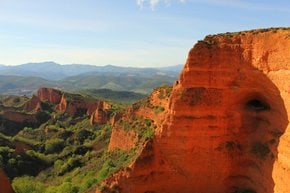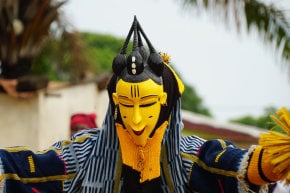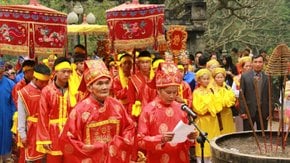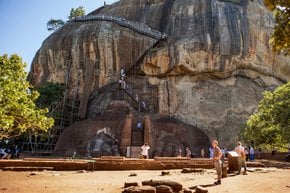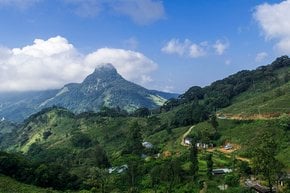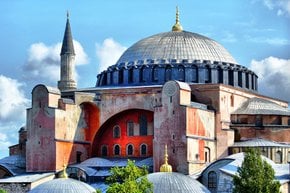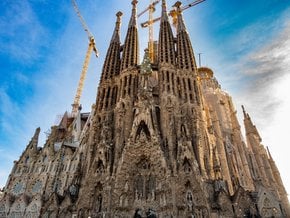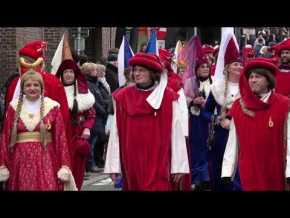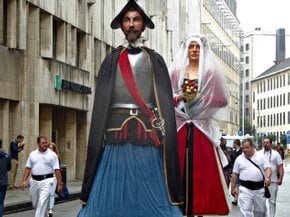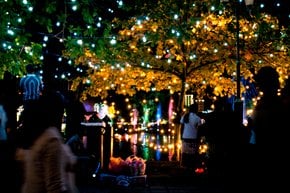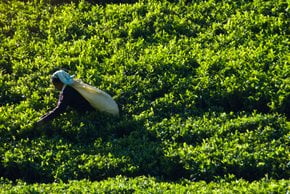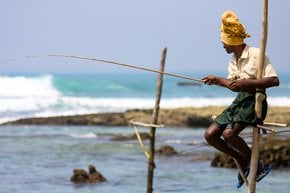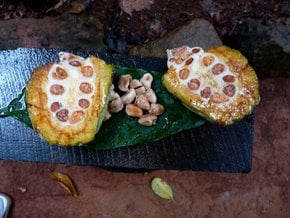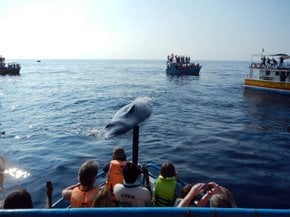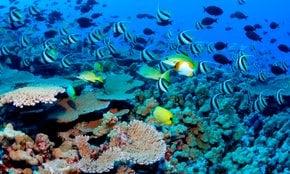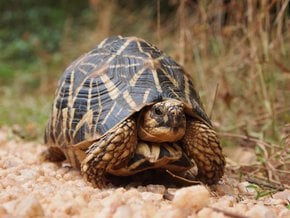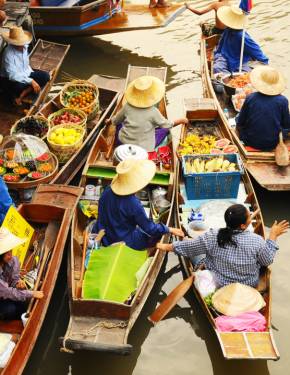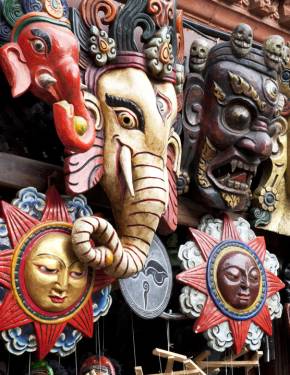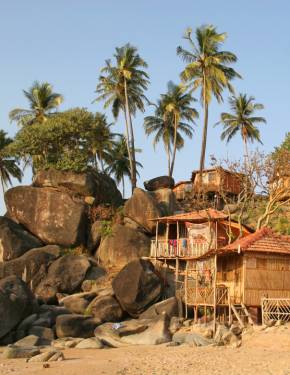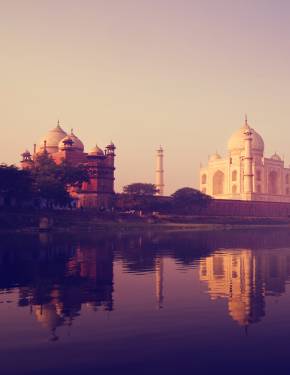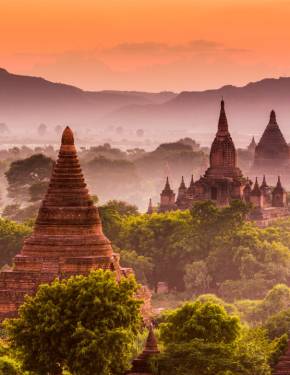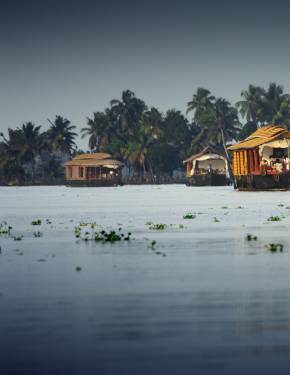Anuradhapura in Sri Lanka 2026
An ancient capital and UNESCO World Heritage site
Best time: January–February | June–September
Anuradhapura is the northern cultural triangle spot of Sri Lanka. The city also has ancient palaces, monasteries and monuments of various epochs. According to some historical records it was established in the 5th century BC, but other archaeological data sets the date as far back as the 10th century BC. The Iron Age findings show that the settlement in Anuradhapura occupied 50 hectares at that time. The city was surrounded by fertile lands and had several human-made reservoirs that were used as water sources.
Anuradhapura attracts many Buddhist pilgrims as it's a place of numerous ancient temples. Ruwanwelisaya, an ancient stupa, is the most sacred place in the city. Thuparamaya is considered to be the first pagoda in Sri Lanka. Jetavanarama is the largest stupa in Sri Lanka.
The city is full of other iconic buildings that let visitors discover a whole new civilization. It is believed that in certain periods of its history Anuradhapura was one of South Asia’s greatest kingdoms.
You can visit the city any time of the year, but the weather conditions are more favorable during January–February and June–September with the lowest rainfall.

